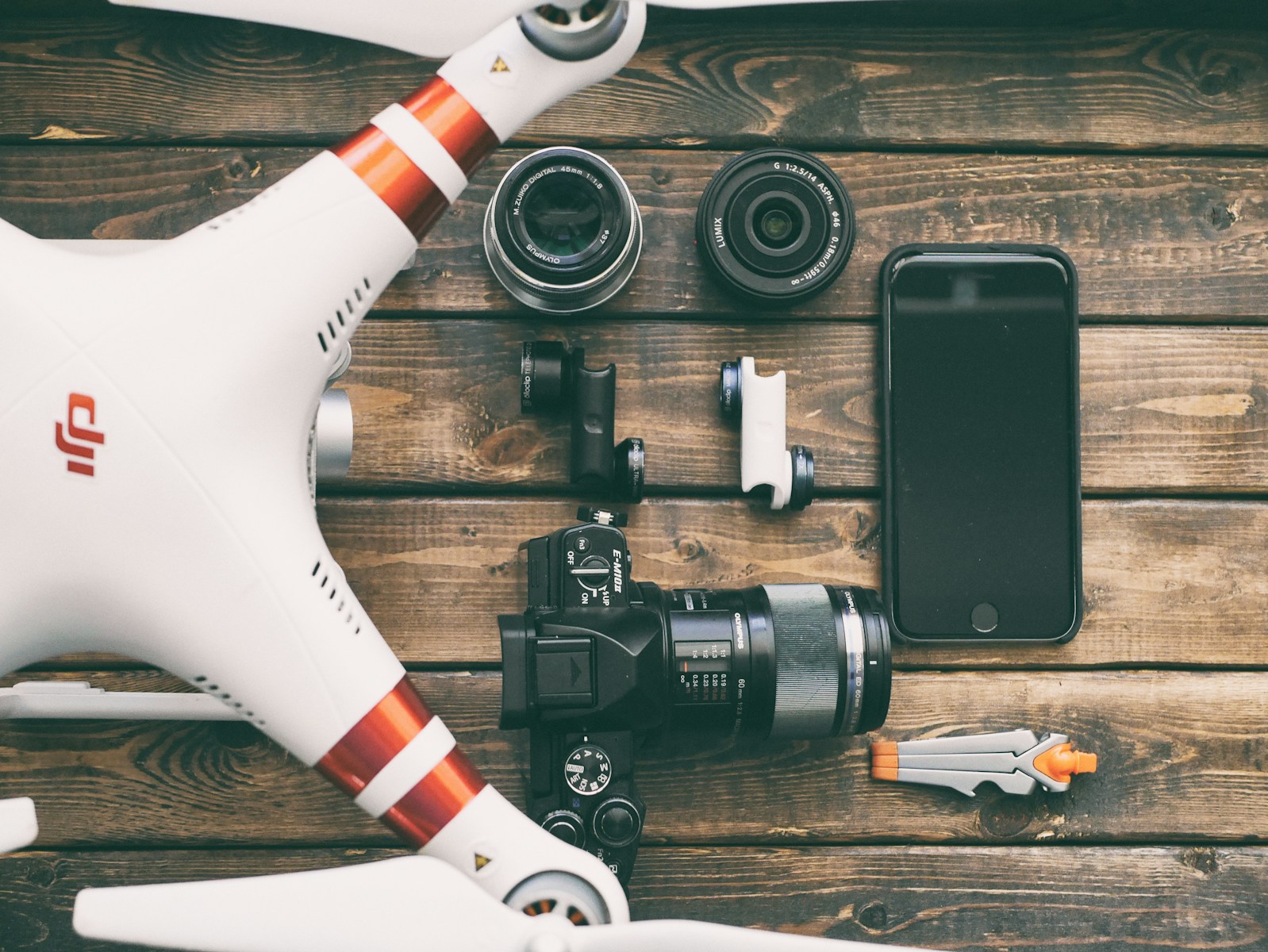Capturing stunning drone photography is an exciting way to explore new perspectives and elevate your photographic skills. Whether you’re a seasoned photographer or a novice, the following five tips will help you take your drone photography to new heights.
Master Your Drone’s Settings
Understanding your drone’s settings is the first step to capturing breathtaking images. Different drones offer various settings and modes that can significantly impact the quality of your shots.
Camera Settings: Experiment with the camera settings on your drone. Adjust the ISO, shutter speed, and aperture to find the best combination for your shooting conditions. Lower ISO settings (100-200) are ideal for bright conditions to minimize noise, while higher ISO settings can be used in low light but may introduce more noise.
Shooting Modes: Utilize the different shooting modes available on your drone. For example, the HDR (High Dynamic Range) mode can help you capture a greater range of light and dark tones in a single image. Burst mode is useful for action shots, allowing you to take multiple photos in quick succession.
Plan Your Shots
Careful planning is crucial for drone photography. Knowing what you want to capture and how to get the best angle can make a significant difference in your final images.
Scout Locations: Research potential shooting locations ahead of time. Use tools like Google Earth or local maps to identify interesting landscapes, structures, and natural features. Consider the time of day and weather conditions, as they can greatly affect lighting and visibility.
Pre-Flight Checklist: Before you take off, ensure your drone is fully charged, the firmware is updated, and the propellers are in good condition. Check the weather forecast to avoid flying in adverse conditions.
Utilize Natural Light
Lighting is a key element in photography, and drone photography is no exception. The right lighting can enhance the colors, contrast, and overall mood of your images.
Golden Hour: The golden hour, shortly after sunrise and before sunset, provides soft, warm light that is ideal for photography. This natural light can add depth and dimension to your shots, making them more visually appealing.
Avoid Midday Sun: The harsh midday sun can create strong shadows and high contrast, which might not be ideal for most shots. If you must shoot during this time, look for areas with diffused light or use the shadows creatively to add interest to your images.
Explore Different Angles and Perspectives
One of the biggest advantages of drone photography is the ability to capture unique angles and perspectives that are impossible with traditional cameras.
Bird’s Eye View: Capture images directly from above to showcase patterns, symmetry, and textures that are not visible from the ground. This perspective can turn ordinary scenes into extraordinary compositions.
Low Altitude Shots: Flying your drone at a lower altitude can help you capture details and foreground elements that add context to your photos. Experiment with different heights to find the most compelling composition.
Practice Composition Techniques
Applying classic composition techniques can greatly enhance your drone photography. These principles help create balanced, aesthetically pleasing images.
Rule of Thirds: Divide your frame into nine equal sections using two horizontal and two vertical lines. Place key elements along these lines or at their intersections to create a balanced composition.
Leading Lines: Use natural or man-made lines in your scene to lead the viewer’s eye toward the main subject. Roads, rivers, and coastlines are excellent examples of leading lines that can add depth and direction to your photos.
Symmetry and Patterns: Look for symmetrical scenes and repetitive patterns that can create visually striking images. Fields, forests, and urban landscapes often provide excellent opportunities for this type of composition.
Conclusion
Drone photography offers endless possibilities for capturing stunning images from unique perspectives. By mastering your drone’s settings, planning your shots, utilizing natural light, exploring different angles, and practicing composition techniques, you can elevate your drone photography skills. Remember, practice is key. The more you fly and shoot, the better you will understand how to get the most out of your drone. So, get out there, explore, and have fun capturing the world from above!

